WEEK SIX CRYSTAL BALL - THURSDAY: Can a Brother (Bluenik) get a Miracle?
Published continually since 1994
My friends, THE GURU always gets excited for Eagles-Giants, one of the NFL’s most bitter and enduring rivalries. Philadelphia holds a 96-89-2 all-time series advantage, including a scintillating 37-17 (.685) mark this millennium.
The next matchup is this evening on Amazon Prime as the Birds (4-1, 2-0 away) travel to visit the Jints (1-4, 1-1 home) at MetLife. You can catch the action at 8:15 pm ET as the teams seek to rebound from tough losses. Al Michaels, Kirk Herbstreit and Kaylee Hartung are on the call.
Besides the chance to watch some physical football, this game delights yours truly for two reasons:
1. One of them is going to lose.
2. A miracle just might happen.
To reinforce point #2, let’s go back to 1978 with John McVay, the grandfather of Rams’ coach Sean, leading the Giants. McVay had his club moving in the right direction as they’d already matched the previous season’s win total (5) and were in the thick of the NFC wildcard race. Indeed, BROTHER BLUENIK and his ilk possessed a commodity that was hard to come by in the Meadowlands those days: h-o-p-e.
Fresh off a tough overtime defeat to rival Washington, the Giants played well against the Eagles and, as the clock wound down, they held a 17-12 lead. QB Joe Pisarcik only had to take one snap and kneel down to knot New York and Philly in the standings at 6-6.
Nothing to it, right?
Unfortunately, a scuffle had nearly erupted on the previous play – during an attempted kneeldown, no less - and Giants offensive coordinator Bob Gibson was worried that repeating the play could cause a fight or injury. So, to be safe, he told Pisarcik - the New Mexico State legend - to hand off to fullback Larry Csonka instead.
You know the rest of the story.
The Giants didn’t execute the handoff, and the ball took a perfect bounce into the arms of second-year Philadelphia cornerback Herman Edwards - yes, that Herm Edwards - who dashed 26 yards for the go-ahead touchdown with 20 seconds left. Mike Michel added the extra point, and the final score was 19-17, Eagles.
One play can make a career.
As you’d guess, the victory – known as the “Miracle at the Meadowlands” - provided a huge boost for Philly and its energetic young coach, Dick Vermeil. They improved to 7-5 and stayed in the wildcard race, clinching a berth two weeks later in the season finale when they again beat the Giants. A year later, the Birds advanced all the way to their first Super Bowl.
As Edwards said years later, “We won the (miracle) game at the end, and we went on to the playoffs. The next thing, we’re playing in the Super Bowl…One play gets you feeling like you have confidence. You’re not worried about losing anymore; now you’re thinking about how you can win.”
The run with the Eagles made Vermeil a star and, over his 15 years as an NFL head coach, his teams became known for their “never say die” attitude. Atop his resume, he took the previously moribund St. Louis Rams to their first Super Bowl victory during the 1999 season before going to Kansas City (2001-05) and turning the Chiefs around as well.
One play can make a career.
Things also turned out well for McVay and the Giants. The coach was fired at the end of the 1978 season after finishing 6-10 but it turned into an immediate blessing as he was quickly scooped up by the 49ers. Working hand-in-hand as coach Bill Walsh’s chief administrator in San Fran, McVay played a lead role in the franchise’s dynastic run in the ‘80s and ‘90s.
At this point, it’s worth asking: without his grandfather’s pedigree, does Sean McVay get his foot in the door and have the opportunity to become the terrific coach he is?
One play can make a career.
In addition to McVay and his staff, New York’s housecleaning including the release of general manager Andy Robustelli, paving the way for legendary GM George Young to come aboard. All Young did was return New York to its heyday while winning NFL Executive of the Year a record five times and earning a spot in the Pro Football Hall of Fame. Choosing players like Phil Simms (1979), Lawrence Taylor (1981), Joe Morris (1982) and Carl Banks (1984) will do that for you.
The draft picks were great, but Young’s best move was his first major decision when he hired Ray Perkins to replace McVay after that fateful 1978 season. The new coach quickly brought in two assistants that would shape the Giants and all of the NFL over the next four-plus decades, a couple of diamonds in the rough named Bill Parcells and Bill Belichick.
Perkins and his colleagues proceeded to right the New York ship in 1981 with the franchise’s first postseason win in 25 years but, a year later, he was gone after taking the top job at his alma mater, Alabama. Young quickly named Parcells the head coach and was rewarded with five playoff appearances, three division titles and two Super Bowl rings over the next eight full seasons.
One play can make a career.
Linebackers Taylor and Banks were two of the key pieces Belichick utilized as the architect of the great defenses under Parcells. Coach Belichick parlayed that group’s success into the Cleveland head coaching job in ‘91 where he assembled a game-changing staff that included Nick Saban and other folks that still impact pro and college football to this day. Then it was on to New England to create one of the sport’s great dynasties
The play wasn’t as kind to Pisarcik, who is forever the butt of jokes. Sadly, the play is at the top of his football resume instead of the fact that he came from long-irrelevant New Mexico State to carve out a scrappy eight-year pro career. Instead, he’ll forever be known as the guy that made the “Miracle” possible. It’s not fair.
One play can break a career.
Yet, as painful as it’s been for the former Giants QB, Gibson’s fate seems most unjust. The day after the Philadelphia loss, he was made the scapegoat and cut loose by the organization, all due to one play’s failure. He never coached again, an ignominious end to a remarkable three-decade football odyssey.
Gibson began his football career in the late 1940s as a terrific quarterback in his hometown at Youngstown State University, leading the team to 23 wins in three years. He also played on the basketball squad and earned induction into the YSU Athletics Hall of Fame in 1988
From there, he coached high school ball before moving to Bowling Green (Ohio) University for 12 years, first to run the offensive line (1956-64) and then as head coach (1965-67). Gibson led the Falcons to a 19-9 record, winning the 1965 Mid-American Conference championship and departing with a winning percentage of .679, just one spot behind Urban Meyer (.739) and ahead of noteworthy coaches like Dino Babers (.667), Don Nehlen (.598) and Dave Clawson (.500).
Over the next eight years, Gibson distinguished himself as a great teacher while coaching winners in two different leagues, even tutoring future NFC East QB rivals Joe Theismann of the CFL’s Toronto Argonauts (Washington) and Danny White of the WFL’s Memphis Southmen (Dallas).
It was with the Southmen in 1974 that he first hooked up with John McVay, working as the backfield coach in Memphis. After a 17-3 season, Gibson moving to the WFL’s Charlotte Hornets as head coach but, alas, the league folded midway through what appeared to be another winning season for the former Youngstown star. Fortunately, a coach with his track record tends to land on his feet and that he did, winding up with the backfield job in Dee-troit1, working with an impressive staff led by head coach Rick Forzano.
The following year, Gibson rejoined McVay, who had been named head coach of the Giants, as offensive coordinator. It was a great opportunity and Gibson, though somehow saddled with three rookie quarterbacks, worked to seize the day and did a fine job in 19772.
As hoped, the 1978 squad started fast (5-3) with all three losses to playoff teams and entered the season’s second half as a legitimate threat to earn the franchise’s first postseason berth since 1963. Gibson was capably managing games with his young quarterbacks and, in the early going, the Giants scored 20+ points in four straight contests3 for the first time since 1972.
After the season’s midway point, the Giants hit a rough patch with three consecutive losses, including the aforementioned OT loss to DC. Still, McVay & Co. were firmly in the playoff hunt at 5-6 and knew a home win against Philly would get things back on track.
Of course, it simply wasn’t meant to be.
One play can break a career.
Gibson was fired by the Giants that week and retired to Sanibel Island, Fla., where he raised cattle and ran various businesses, including a bait shop and a restaurant called Gibby’s. He spent the rest of his life in the Sunshine State with his wife, Cynthia, and their children and grandchildren, with no wise guy fans chirping in the background or questioning his every move. Cynthia’s specialty was key lime pie, according to the internet, and I’m sure it was delicious.
The couple died within 11 days of one another in 2015 and, according to their dual obituary, they “lived a long, full wonderful life…” The tail end of that tribute talked about what mattered most to the former coach:
“Even after he left coaching, Bob continued to be a student of football. He received his greatest satisfaction in life from teaching others, his relationship with his fellow coaches and players, as well as being with Cynthia, his children and his grandchildren.”
Hey, in the end, maybe things didn’t turn out so bad for Coach Gibson after all.
As for tonight, I could see the Giants competing but expect the Eagles to pull it out in the end. It’ll be a struggle4 but let’s call it 23-21, Birds.
I’ll be back this weekend with more picks. Enjoy the game and God bless!
The 1976 Lions didn’t fare well in the standings – Forzano was fired after a 1-3 start and the team went 5-5 after assistant Tommy Hudspeth took over – but they had a staff for the ages, including a little-known second-year guy named Belichick. Yup.
In that first season, there was measurable progress as New York swept rival Washington for the first time in seven years – something they wouldn’t repeat until 1986 – and also beat St. Louis, knocking the Cardinals from the playoff race. The Giants finished 5-9 – two games better than the previous season – and, if the young QBs could step up, the team seemed primed to make some noise.
That last fact may not sound impressive using our 2020 frame of reference but remember it was a different game back then as the rules favored defenses. In fact, just one NFC club, conference champ Dallas, averaged more than 20 points an outing, putting up 24 ppg.
Speaking of struggles, yours truly was a pedestrian 7-7 in Week Five, moving the season mark to 43-35 (.551).

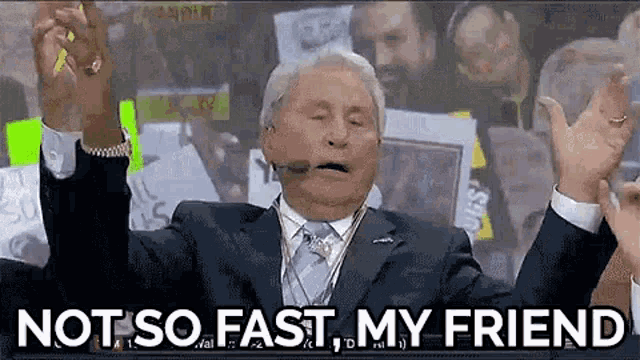
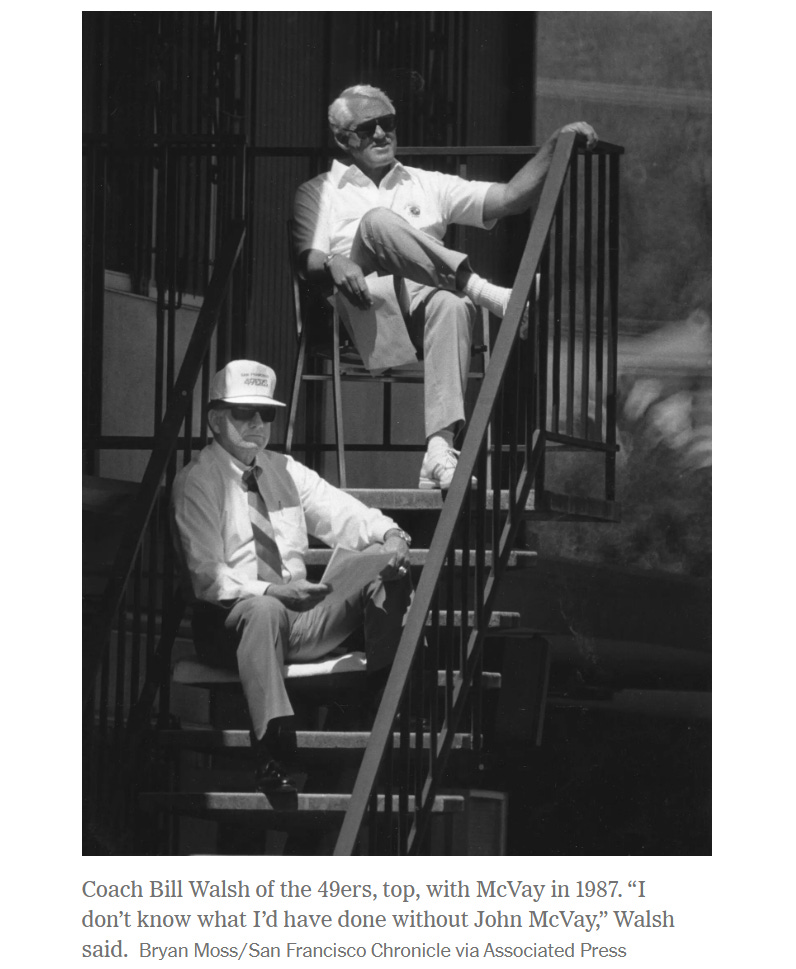
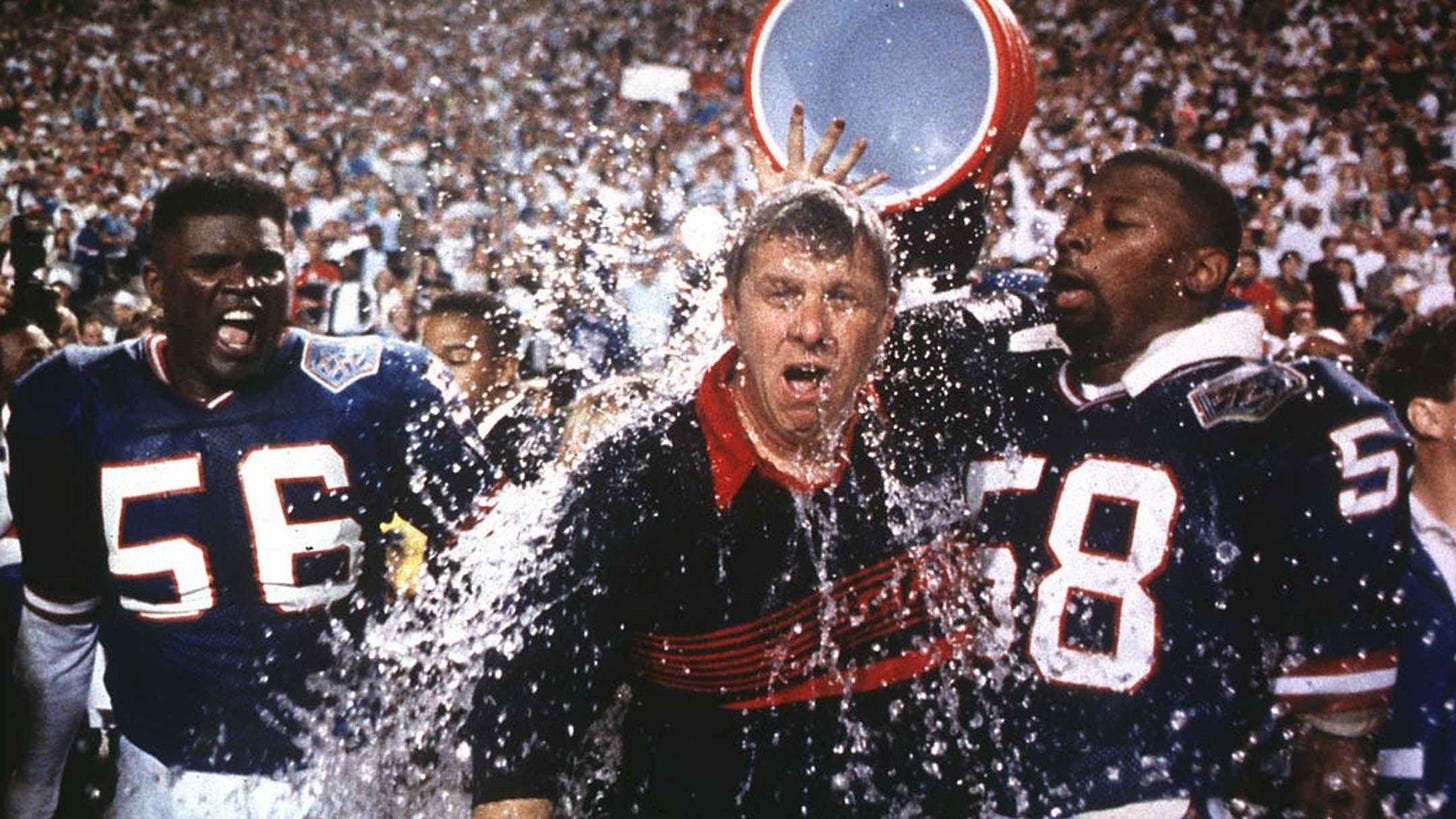
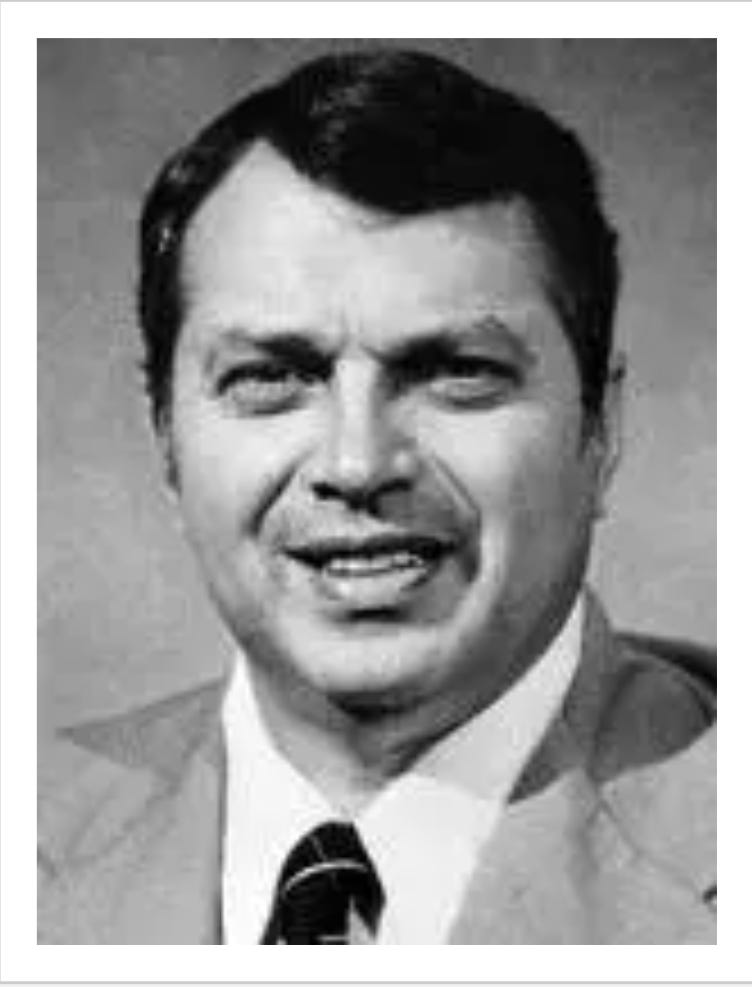
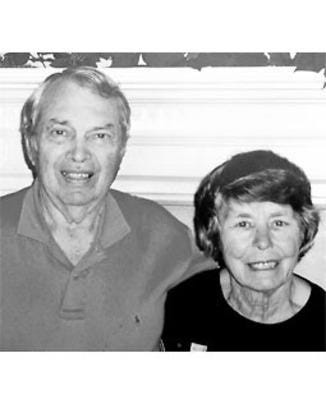
I'm sorry but that play is called The Fumble. I will not accept this Philadelphian revisionist history that renamed it. It is The Fumble. It will always be The Fumble.
The Fumble.